Ferrets, members of the Mustelidae family, are popular pets that originated from Europe. These small carnivorous mammals have slender bodies and a playful nature.
Ferrets can make excellent companions for humans but they also face threats from predators in their natural habitat. The survival of ferrets depends on various factors including their ability to avoid or defend themselves against predators.
Understanding the potential risks posed by different types of predators is essential for ensuring the safety of these animals. This article will explore some of the common predators of ferrets and how they pose a threat to these beloved creatures.
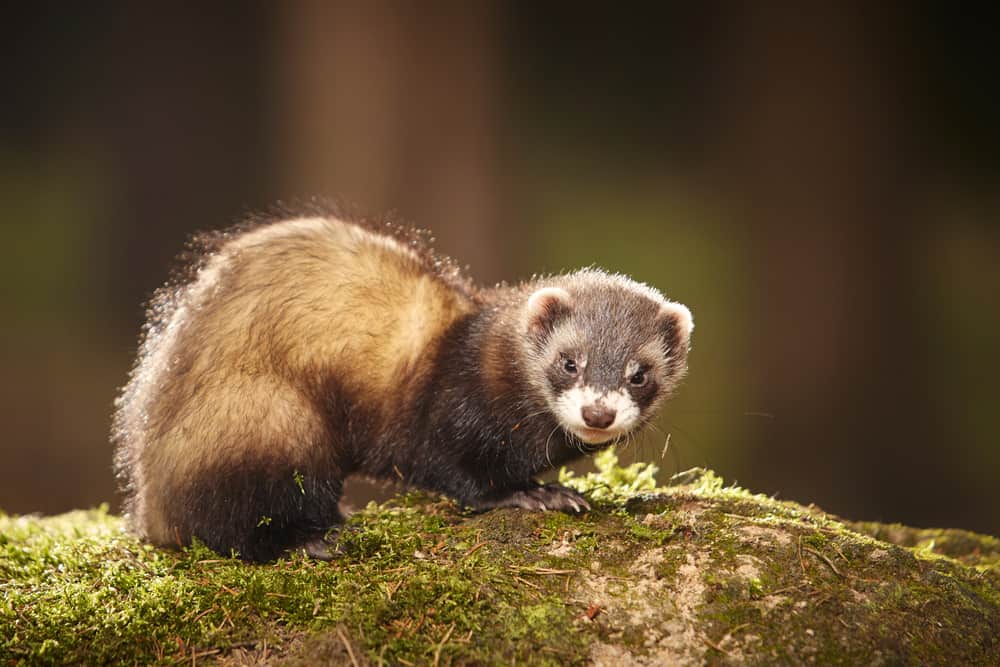
Overview Of The Mustelidae Family
The Mustelidae family is a diverse group of carnivorous mammals that includes weasels, ferrets, otters, badgers, and martens. These animals are found on every continent except for Australia and Antarctica.
The evolutionary history of this family can be traced back to the early Eocene period, around 55 million years ago when they first appeared in the fossil record.
Physical characteristics vary widely across species within the Mustelidae family. However, some common features include elongated bodies with short legs, sharp claws for digging or climbing trees, and thick fur for insulation in cold environments. Many members of this family also have scent glands used for marking territory or communicating with other individuals.
Despite their differences in appearance and behavior, all mustelids share a similar diet consisting mostly of small prey such as rodents, birds, fish, and insects.
Ferrets’ Natural Habitat
The natural habitat of ferrets is integral to their survival and well-being. Their burrow systems serve as a sanctuary from predators, harsh weather conditions, and other potential threats.
Ferrets are typically found in grasslands, prairies, or forested areas where they can easily dig their tunnels into the ground. These habitats also provide them with ample food sources to sustain themselves. Ferret diet preferences consist primarily of small mammals such as rodents, rabbits, and birds.
They are carnivorous animals that require protein-rich diets for optimal health. In addition to hunting for prey, ferrets may scavenge on carrion or steal food from other animals’ dens. Their exceptional sense of smell allows them to locate hidden food caches or underground prey.
It’s fascinating how these creatures adapt to different environments while relying solely on instinctual behavior patterns. Understanding the importance of habitat conservation is essential in ensuring the survival of species like the ferret who play an important ecological role in maintaining ecosystem balance.
By preserving their natural habitats, we not only protect these unique creatures but also support diverse ecosystems that benefit all living organisms.
Unveiling the Sensory World of Black-Footed Ferrets: How Good Are Their Senses?
Domesticated Ferrets Vs. Wild Ferrets
While ferrets are commonly kept as pets, their wild counterparts have a vastly different lifestyle. Domesticated ferrets, bred for over 2,000 years to be companion animals, possess behavioral and physical traits that differ from those of wild ferrets. They are typically more docile and affectionate towards humans than their feral cousins.
In terms of diet, domesticated ferrets require specialized food formulated with high protein content to maintain optimal health. In contrast, wild ferrets primarily consume small mammals such as rodents and rabbits in their natural habitat. The difference in diet can also lead to variations in the digestive system between the two types of ferrets.
As for habitat, domesticated ferrets live indoors or in outdoor enclosures while wild ones inhabit burrows located near water sources like rivers or streams. Despite these differences, one common challenge faced by owners of domesticated ferrets is keeping them safe from predators since they do not possess the same survival instincts required for living in the wild.
It is important for pet owners to ensure that their domesticated ferret’s enclosure is secure at all times so that other animals cannot gain access and harm them. Additionally, it is recommended that pet parents supervise any playtime outside of the enclosure to prevent accidents or attacks from other animals within the household or neighborhood.
While there are considerable differences between behavior, diet and habitat of domesticated versus wild ferrets – both share certain characteristics which make them unique creatures worthy of admiration and respect.
Common Predators Of Ferrets
Ferrets are small and agile creatures that make them vulnerable to predators. In the wild, ferrets have several natural predators, including foxes, coyotes, owls, eagles, hawks and snakes. These predators hunt ferrets for food or as a means of protecting their territory. The predation rate is even higher in areas where ferret populations are not well established.
Preventative measures can be taken by pet owners to protect their domesticated ferrets from potential predators. One way is through ‘ferret proofing’ homes by securing windows and doors with screens and ensuring that there are no gaps or holes in walls or floors where they could escape. Additionally, it’s essential to supervise outdoor playtime carefully and ensure that the area is free from any signs of predatory animals. Providing indoor enclosures during times when pets cannot be supervised outside also helps keep them safe from harm.
Overall, being vigilant about potential dangers and taking necessary precautions can help ensure your pet’s safety and well-being.
Some preventative measures include:
- Securing doors and windows with screens
- Supervising outdoor playtime closely
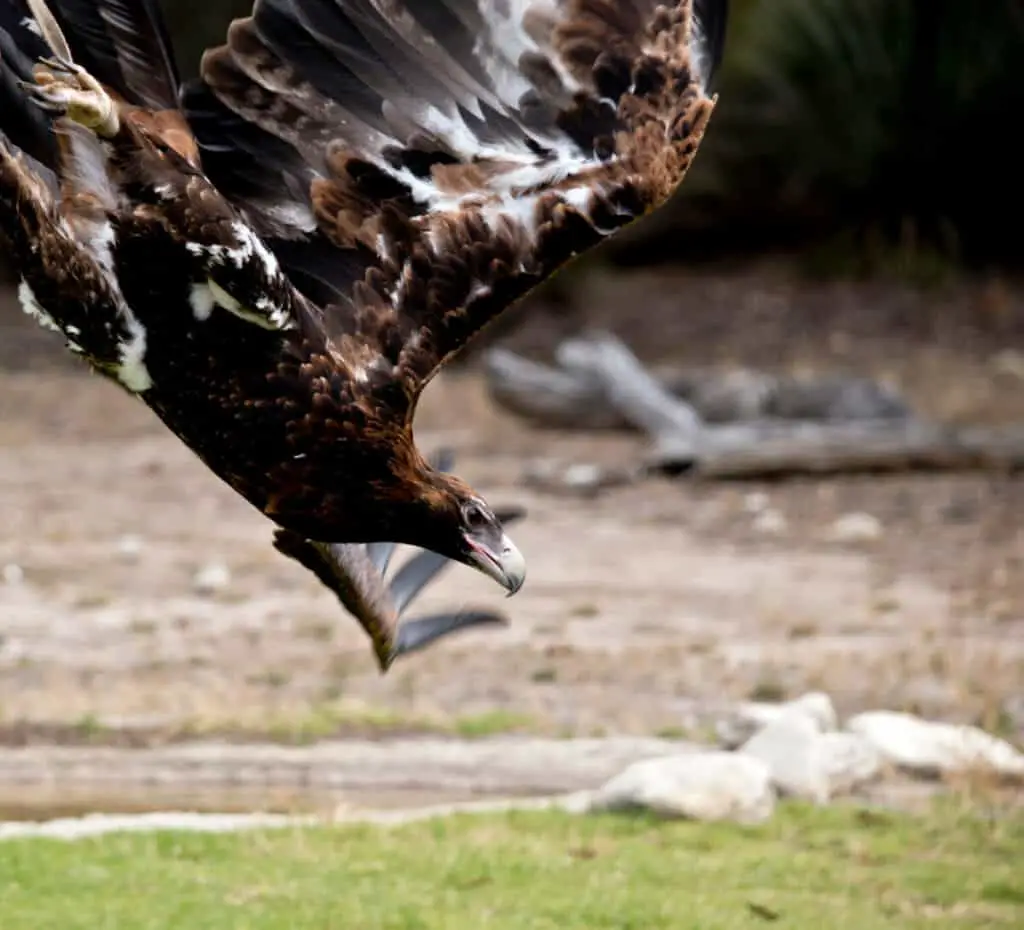
Raptors
Birds of prey such as hawks, eagles, and owls are potential predators of wild ferrets. With their sharp talons and excellent vision, raptors can spot and swoop down on unsuspecting ferrets in open fields or woodland areas. Once in their talons, the ferrets are immobilized and taken to a safe perch where the raptors can consume their catch.
Birds of prey are a common predator of ferrets due to their hunting techniques. They usually attack without warning from the sky, making it difficult for ferrets to escape.
The geographical distribution of both ferrets and birds of prey varies across different regions worldwide; however, some species overlap in certain parts. In North America, bald eagles and red-tailed hawks are known to be potential threats to domesticated ferrets kept outdoors. Whereas in Australia, wedge-tailed eagles can pose similar risks to pet ferrets that reside near open areas.
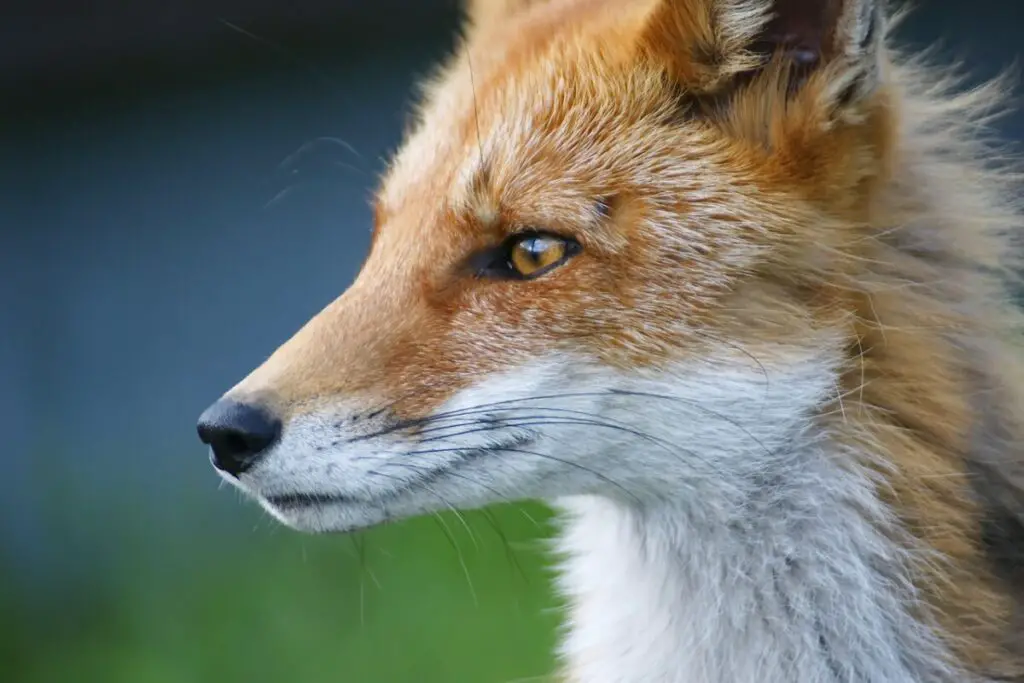
Foxes
Foxes, including red foxes and gray foxes, are known to prey upon wild ferrets. Foxes are agile and cunning hunters that can easily outmaneuver ferrets in their pursuit. They use their sharp teeth and claws to catch and subdue the ferrets, often targeting young or weakened individuals. Foxes may either consume the ferret on the spot or carry it back to their den to feed themselves or their offspring.
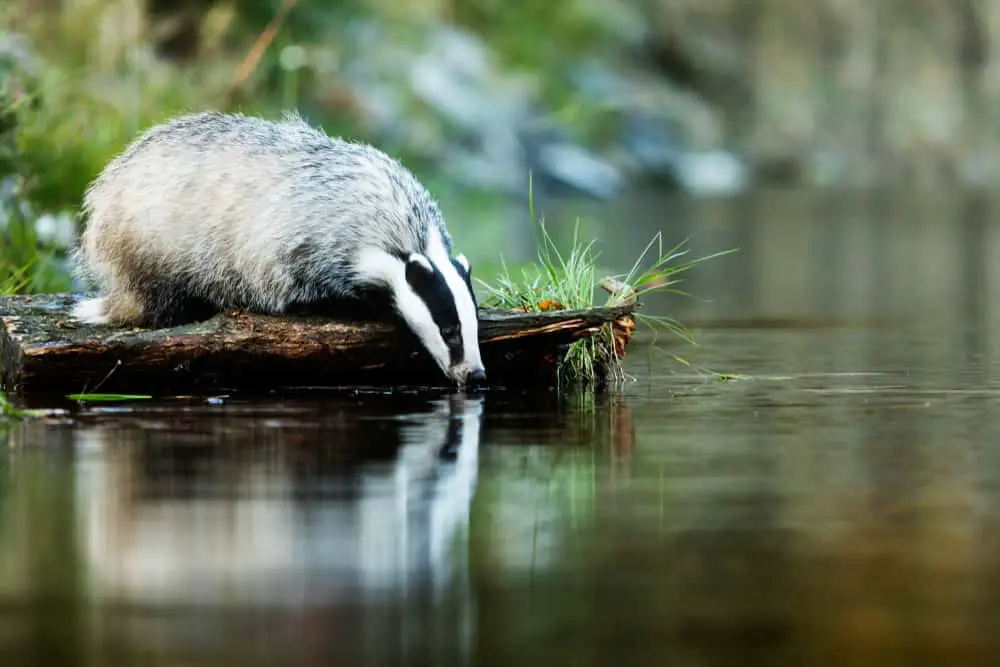
Badgers
Badgers are strong and powerful predators that can pose a threat to wild ferrets. While they primarily feed on small mammals and ground-dwelling creatures, badgers may occasionally prey upon ferrets if given the opportunity. Badgers use their muscular bodies and sharp claws to dig into burrows and flush out ferrets. Once above ground, they rely on their strength and aggressive nature to overpower and consume the ferret.
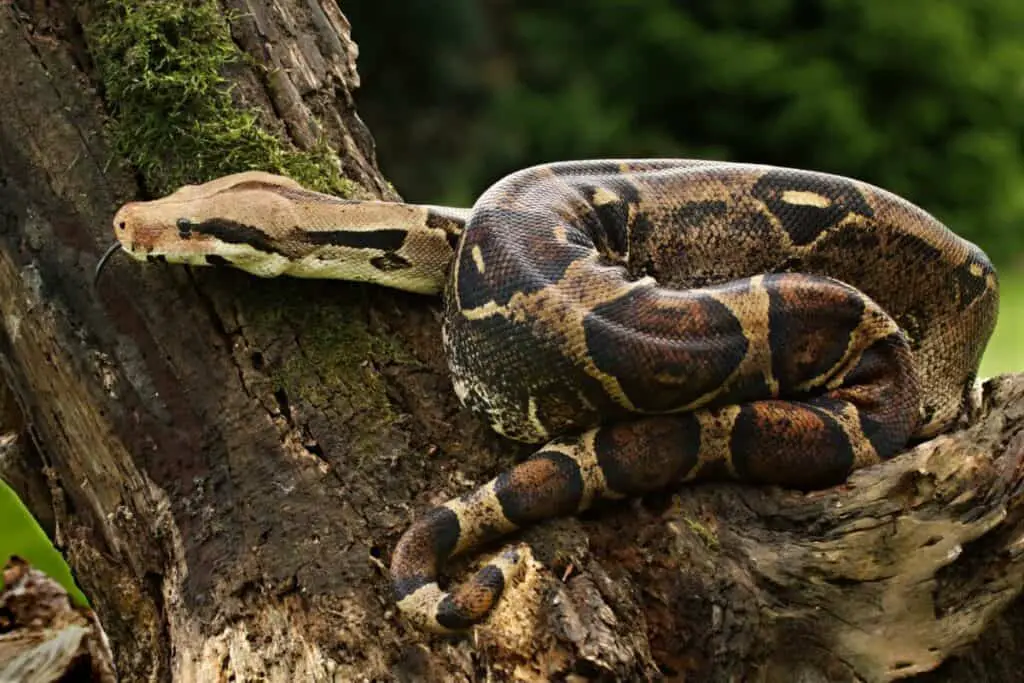
Snakes
Some species of snakes, such as large constrictors or venomous snakes, may prey upon wild ferrets. Constrictor snakes like pythons or boas can strike and wrap their bodies around the ferret, squeezing it tightly until it suffocates. Venomous snakes inject their potent venom into the ferret, incapacitating it before consuming it. Snakes usually prey on ferrets when they are on the ground or in areas close to water sources.
Strategies For Protecting Ferrets From Predators
Ferrets are a popular pet animal, but they face many threats from various predators in the wild. These predators include birds of prey such as hawks and eagles, larger mammals like foxes and coyotes, snakes, and even domesticated cats or dogs that may view ferrets as prey. Therefore, it is essential to take measures to protect ferrets from these potential dangers.
One way to safeguard ferrets is by ferret proofing homes. Owners should ensure that their homes have secure enclosures where the animals can play without being exposed to external danger. The enclosure should be made of sturdy materials that cannot be easily chewed through by other pets or wildlife. Additionally, any openings or holes must be sealed off properly so that the animals cannot escape or become trapped outside the enclosure.
Ferret safe outdoor enclosures could also provide an opportunity for owners who want their pets to enjoy fresh air while minimizing exposure to possible harm from predators. These enclosures should be equipped with enough space for them to run around freely while keeping them safely contained within an area protected from intruders such as climbing walls or fences high enough to prevent access by predatory animals.
Conclusion
The Mustelidae family is home to many carnivorous animals, including ferrets. Ferrets are known for their playful and curious nature as well as their ability to hunt rodents. However, they have a range of natural predators that pose a threat to their survival in the wild.
Ferrets’ natural habitat includes grasslands, forests, and wetlands. They prefer areas with plenty of hiding spots such as burrows or thick vegetation. Domesticated ferrets face fewer threats from predators than their wild counterparts due to living indoors under human supervision.
Common predators of ferrets include birds of prey such as hawks and eagles, canids like foxes and coyotes, and felines such as bobcats and mountain lions. To protect domesticated ferrets from potential predators while outdoors, owners should supervise them at all times and keep them on a leash or within an enclosed area.
For those considering adopting a ferret as a pet, it’s important to research the necessary precautions for protecting them from harm. Wild ferrets must rely on their instincts and agility to avoid being hunted by larger predators in the wild.
In conclusion, while ferrets may seem small and vulnerable creatures at first glance, they possess several strategies for avoiding predation in the wild. Owners of domesticated ferrets should also take steps to safeguard these intelligent animals against potential dangers when outside of their homes. By understanding the risks posed by common predators of ferrets and taking proactive measures to mitigate them, we can help ensure that these fascinating creatures thrive now and into the future.

